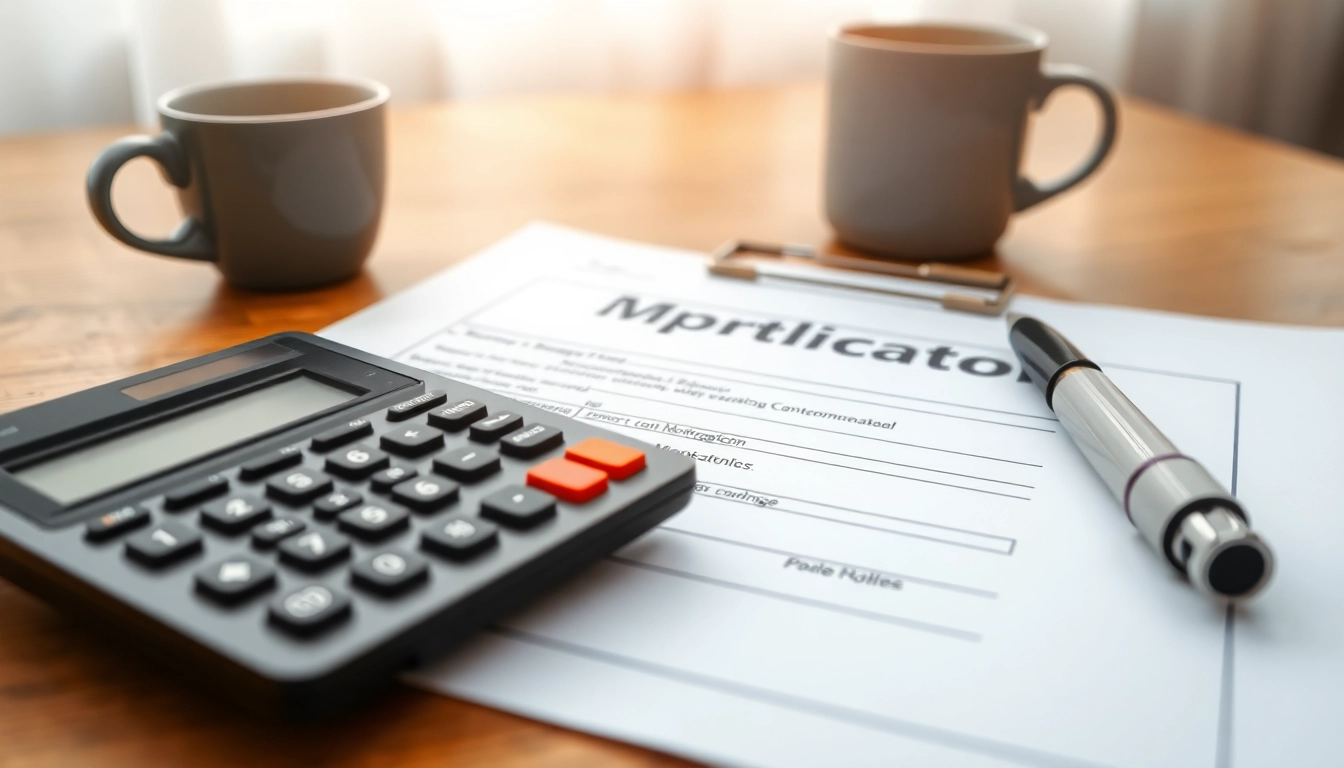Introduction to Cashback and Miles
In an increasingly consumer-driven world, savvy shoppers seek ways to maximize their financial benefits. Two popular options for doing this are cashback rewards and miles systems. These programs provide consumers with avenues to earn rewards on their purchases, but choosing the right one can be daunting. Understanding how cashback, miles work, their respective benefits, and the strategies to utilize them effectively can significantly impact your financial decisions.
Defining Cashback and Miles
Cashback refers to a rebate or a percentage of the money spent on purchases that is returned to the buyer. Cashback can usually be redeemed as a credit on your credit card statement or as direct cash deposits, making it a flexible option for consumers who value immediate benefits.
On the other hand, miles typically refer to rewards linked to airline travel. They accumulate based on the distance traveled with an airline or its partners and can be redeemed for flights, upgrades, or even hotel stays. While miles programs can offer significant value, especially to frequent travelers, their use can be complicated due to varying redemption processes and availability limitations.
How Cashback and Miles Programs Work
Both cashback and miles programs function on a points system where consumers earn points based on their spending habits. Cashback programs generally offer a straightforward percentage of the purchase amount back; for example, a 2% cashback on a $100 purchase means you earn $2 back. Miles programs, conversely, calculate earnings based on the cost of the ticket rather than the distance flown. Accumulating miles often requires more strategic planning, as the best redemption values are usually tied to long-haul flights or premium class tickets.
The Importance of Choosing the Right Program
Choosing between cashback and miles is not only about personal preference; it also entails understanding your spending habits, lifestyle, and financial goals. For example, frequent travelers may find value in earning miles for airline tickets, while everyday consumers may prefer the straightforward nature of cashback. Evaluating your needs can lead to better financial choices and enable you to tailor your earning potential to your circumstances.
Comparing Cashback vs. Miles
Evaluation Criteria for Cashback Programs
When evaluating cashback programs, consider the following:
- Percentage Rates: Understand how much cashback you earn on different categories of spending. Some cards may offer higher rates on groceries or gas, while others may have a flat rate.
- Redemption Options: Explore how easily you can redeem your cashback. Check if there is a minimum threshold before you can claim your rewards.
- Fees and Terms: Look for any associated fees, annual charges, and terms that may apply to cashback earners.
- Expiry Policies: Know if your cashback expires after a specific period, impacting long-term users.
Understanding Miles Accumulation
While miles accumulation can vary widely, it’s essential to understand the factors at play:
- Base Miles: This is usually determined by how much you spend on airfare; for example, you might earn one mile for every dollar spent.
- Bonus Promotions: Many airlines offer promotions where you can earn additional miles during special events or through partnerships with hotels and rental car companies.
- Tier Levels: Frequent travelers may progress through tier levels with airlines, unlocking higher earning potential and exclusive benefits.
Cost-Effectiveness of Cashback and Miles
Determining the cost-effectiveness of cashback versus miles requires assessing the value of rewards earned:
- Cashback Value: Typically straightforward, cashback value can often be calculated directly (e.g., $1 for every $100 spent at 1% cashback).
- Mileage Value: Calculating the value of a mile can be complex, varying by redemption method and flight availability. Miles are often valued at 1 to 2 cents per mile, but can exceed this when redeemed wisely, such as for premium class tickets.
Strategic Implementation of Cashback
Effective Use of Cashback Credit Cards
To make the most out of cashback programs, it’s crucial to implement strategic practices. Start by choosing a cashback credit card that aligns with your spending habits. If you frequently shop at specific retailers or spend a lot on gas, look for cards that offer bonus percentages in these categories.
Next, avoid carrying a balance on your credit card. The interest accrued can negate the benefits of cashback rewards. Always aim to pay your card balance in full each month.
Tips for Maximizing Cashback Earnings
To maximize your cashback earnings, consider the following strategies:
- Focus on Categories: Take advantage of rotating categories that offer higher cashback rates each quarter.
- Use Multiple Cards: Using different cards strategically for various purchases can help you optimize your cashback rewards.
- Sign-Up Bonuses: Look for credit cards that offer sign-up bonuses after a minimum spending threshold.
- Leverage Partner Discounts: Some cashback programs collaborate with certain retailers to offer up to 10% cashback on purchases.
Common Mistakes to Avoid
Avoid these common pitfalls to ensure you gain the most from cashback rewards:
- Not Reading the Fine Print: Many cards have limits on how much cashback you can earn or bonus categories that change quarterly.
- Neglecting Annual Fees: Balance the cashback rewards against any annual fees that may apply.
- Failing to Track Spending: Keep a close eye on your spending habits to make the most informed decisions regarding cashback opportunities.
Leveraging Miles for Travel Rewards
Best Practices for Earning Airline Miles
To effectively earn airline miles, consider implementing these best practices:
- Join Frequent Flyer Programs: Most airlines offer loyalty programs. Signing up can allow you to accumulate miles from your travel and on purchases outside of your flights.
- Utilize Airline Partners: Collaborate with hotel chains or car rental services that allow you to earn miles for your stays or rentals.
- Buy Through Travel Portals: Certain airlines provide portals for online shopping that can earn you miles for purchases made on other retailers’ sites.
Using Miles for Free or Discounted Travel
Using miles effectively requires understanding how to maximize their impact for travel:
- Advance Bookings: Booking flights well in advance often yields better mileage redemption options and availability.
- Flexibility with Travel Dates: Being flexible with travel dates can help you make better use of mileage rewards and avoid blackout dates.
- Consider Mixed Cabin Options: Sometimes, airlines allow you to use miles for one segment of a flight, while paying for another, optimizing your travel experience and saving miles.
Understanding Blackout Dates and Limitations
It’s crucial to understand the limitations associated with miles:
- Blackout Dates: These are travel dates when seat availability for mileage redemption is limited or entirely unavailable.
- Fees and Surcharges: Beware that even with miles, airlines may impose additional fees on your bookings, potentially diminishing the value of your miles.
- Expiration Policies: Miles can expire after a certain period of inactivity, so ensure regular activity within your account to keep your miles alive.
Making the Choice: Cashback or Miles
Personal Considerations for Selecting Rewards
The decision between cashback and miles often comes down to individual preferences and circumstances. Ask yourself the following:
- Travel Frequency: Do you travel often enough to make miles programs worthwhile? If not, cashback may be more beneficial.
- Financial Goals: Are you looking to redeem rewards quickly or save for a larger trip in the future?
- Spending Habits: Evaluate where and how you spend money the most to determine which program offers the best returns.
Evaluating Spending Habits
Your spending habits greatly influence which rewards program you should choose:
- Everyday Expenses: If your significant expenses are in categories that offer 2% cashback or more, it might make more sense to choose cashback.
- Travel Purchases: If you frequently book travel, consider whether you can leverage miles effectively to enhance your travel experiences.
- Balanced Spending: If your spending is evenly distributed across categories, a card with a flat cashback rate may serve you better than a miles program.
Your Guide to Switching Between Programs
If you’ve decided to switch between cashback and miles rewards, consider following these steps:
- Review Your Current Card: Understand any penalties or losses you may incur by changing your rewards program.
- Evaluate New Options: Research upcoming cashback or miles programs that may suit your new financial goals.
- Plan for Transition: Decide on a timeline for the switch, ensuring that any points or miles are redeemed before they expire.
In conclusion, choosing between cashback and miles requires a thorough understanding of both systems, aligning the benefits with personal preferences, lifestyle, and financial strategies. With informed decisions and strategic practices, individuals can maximize their rewards and enjoy the full potential of their spending.



